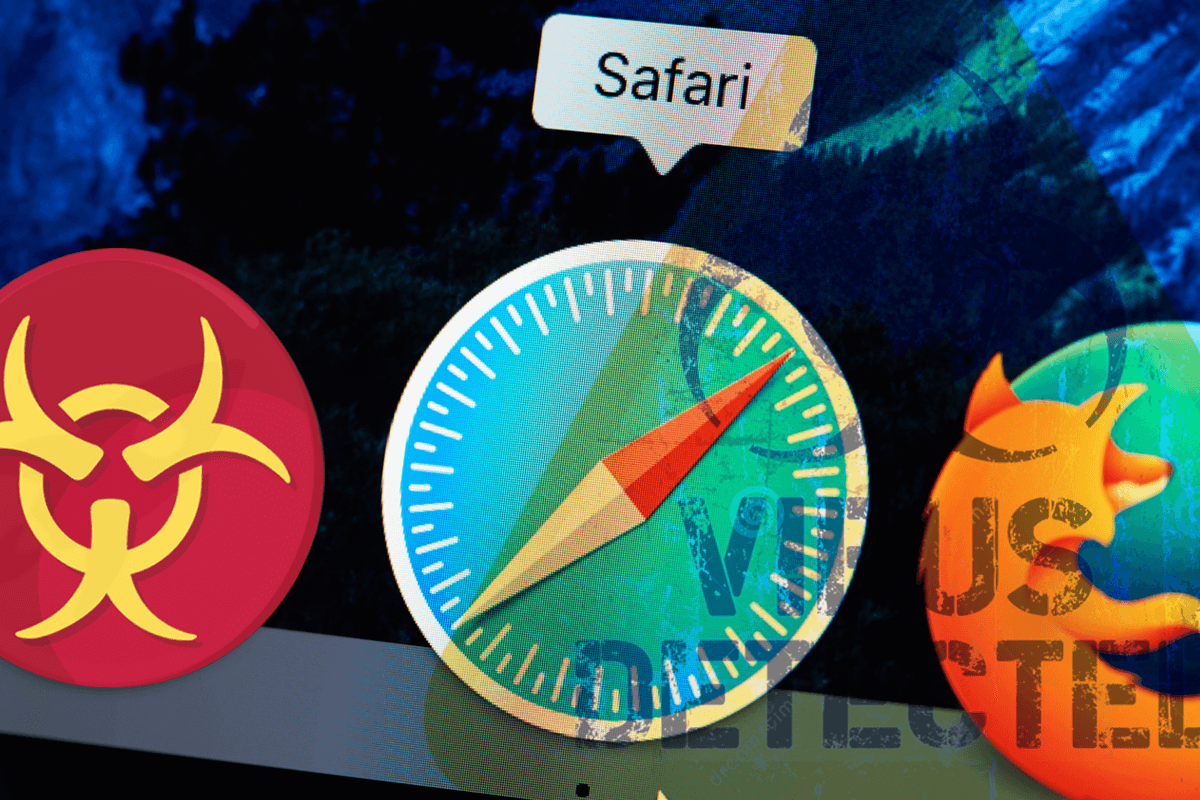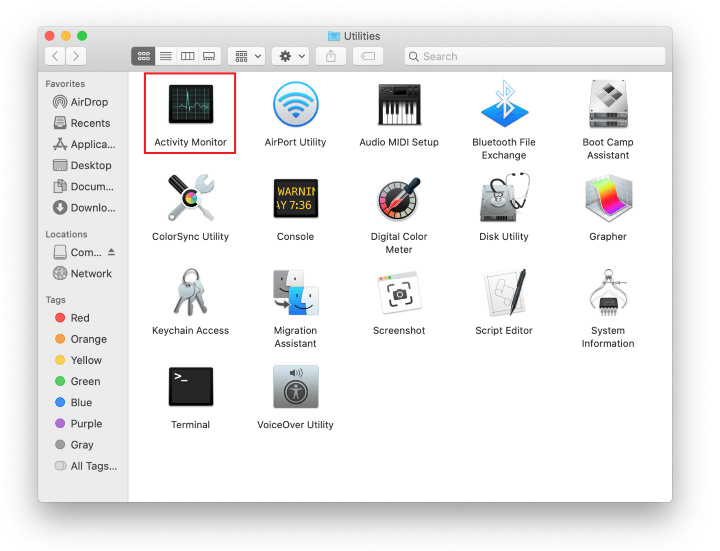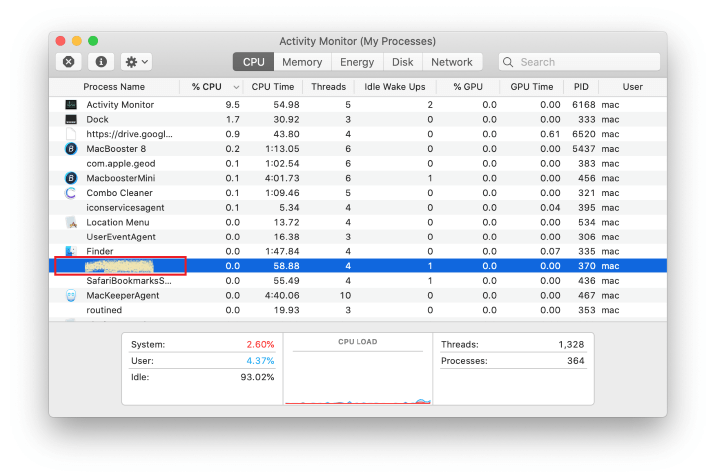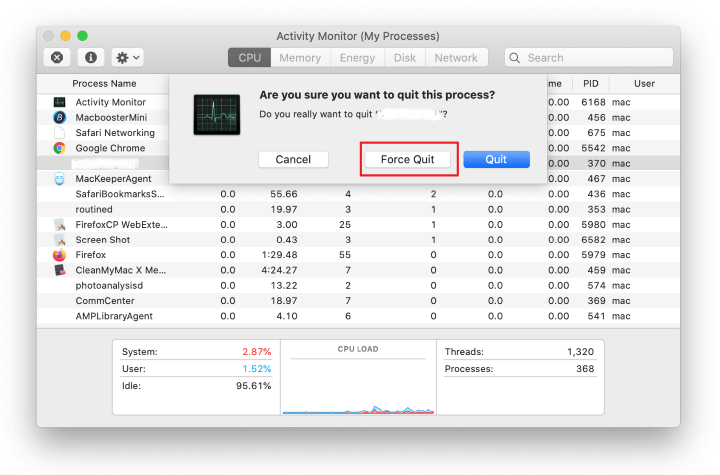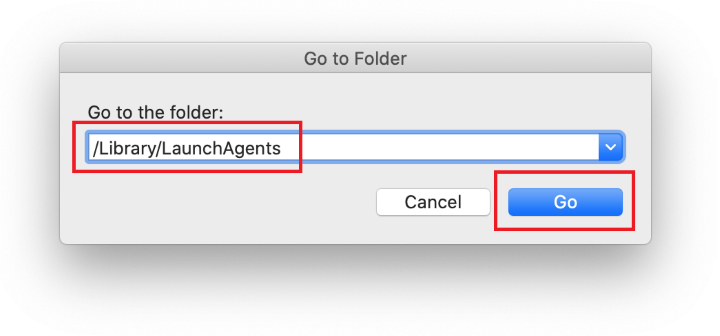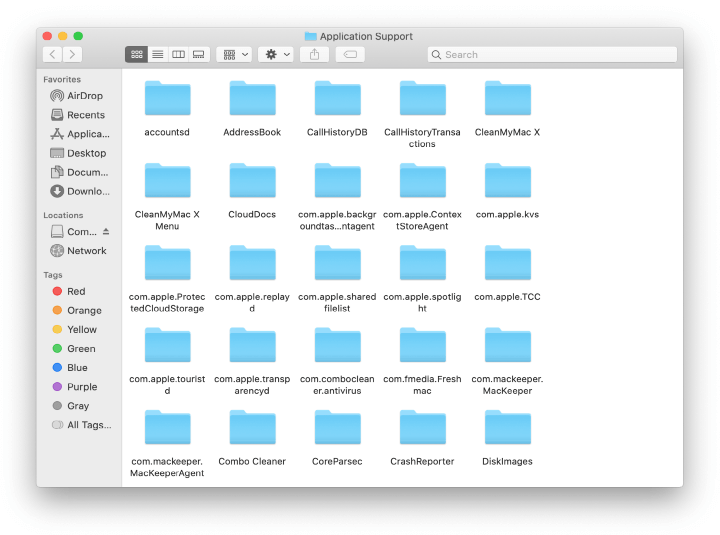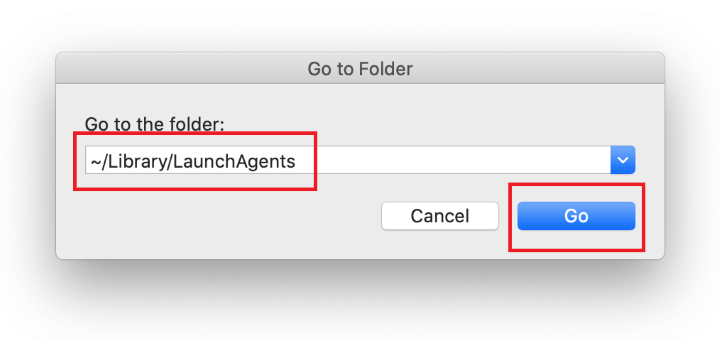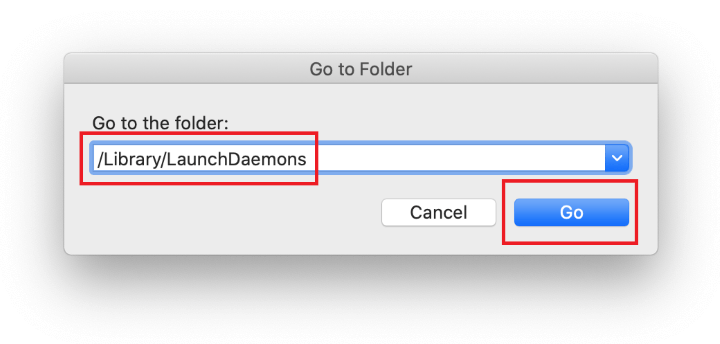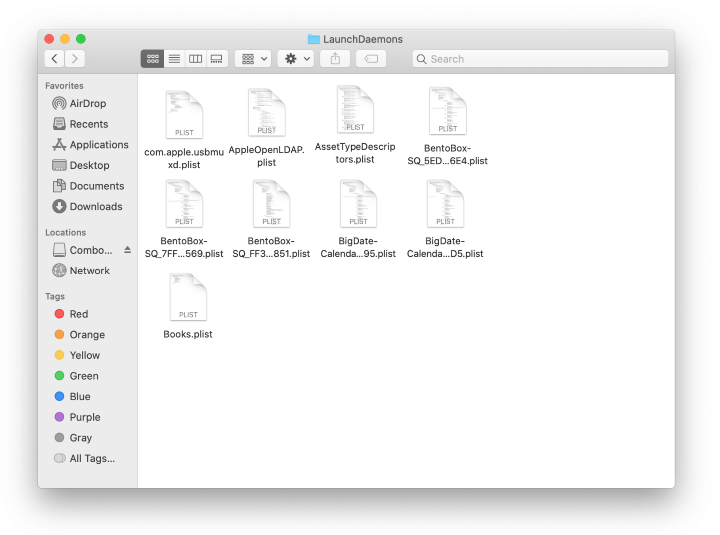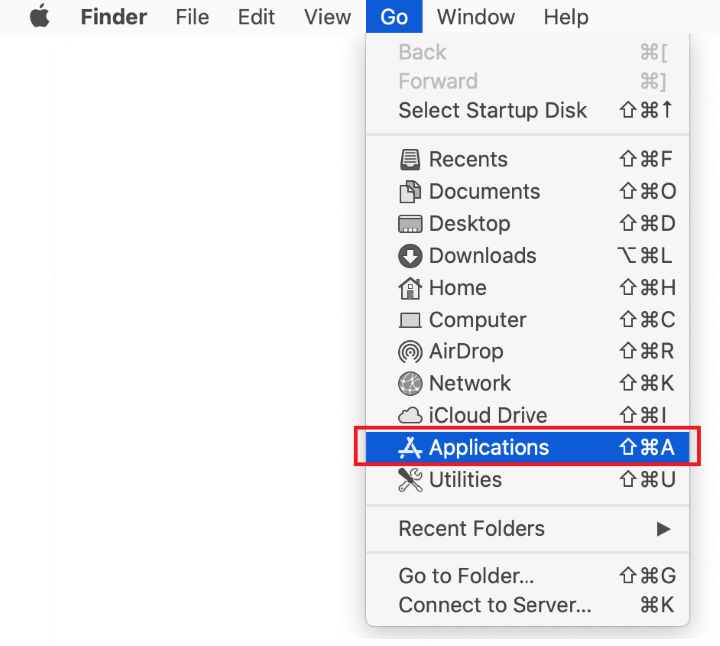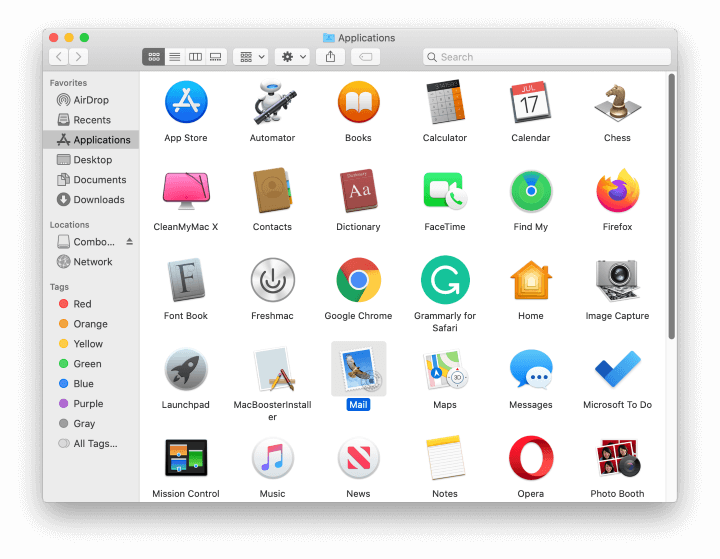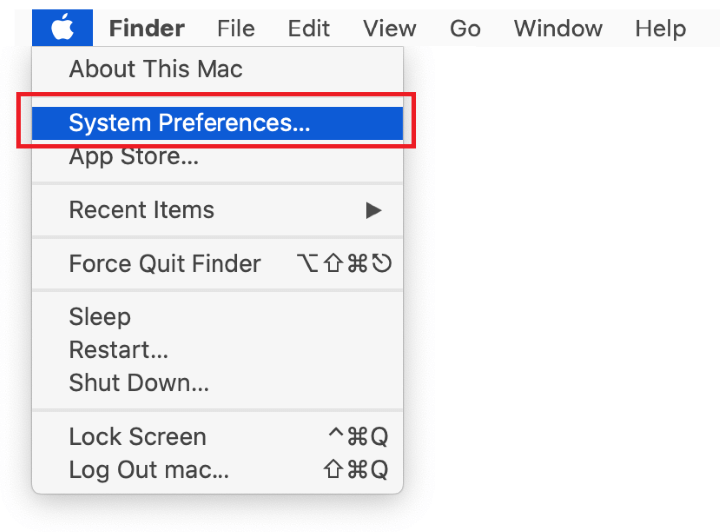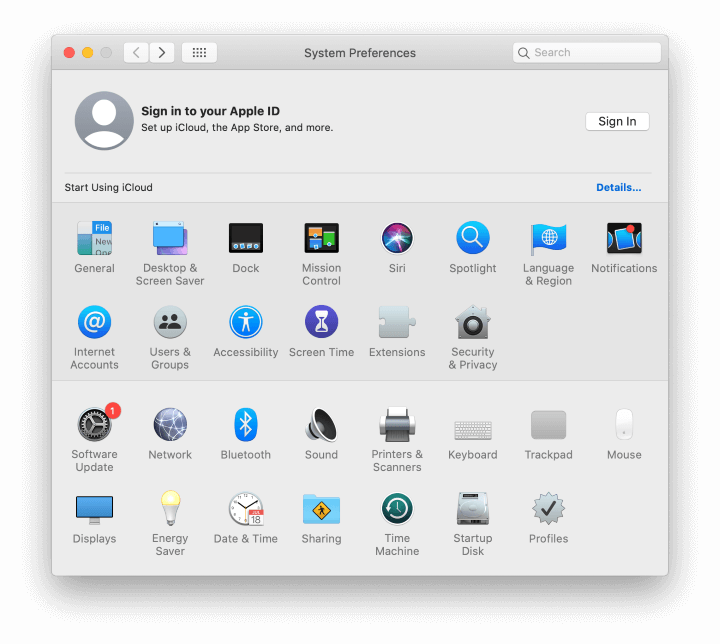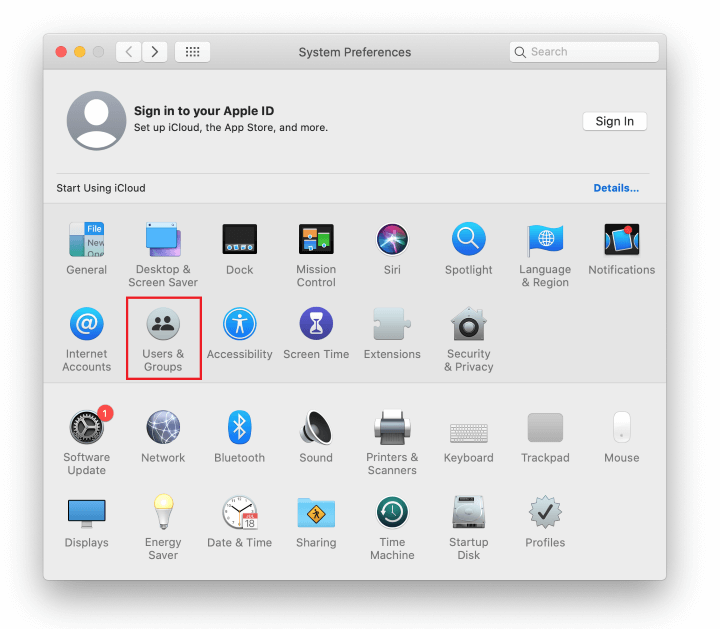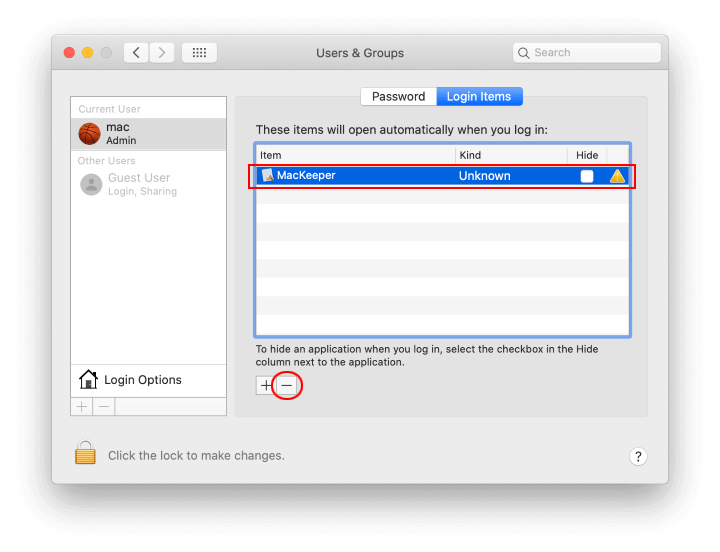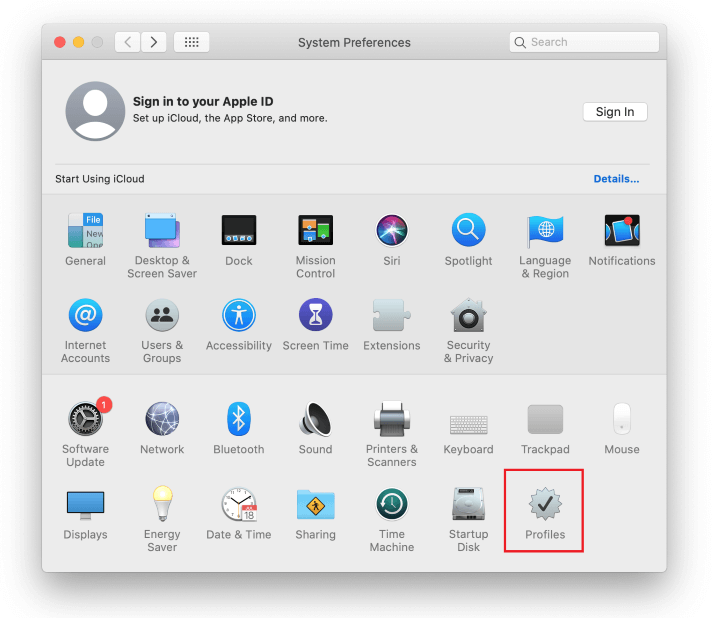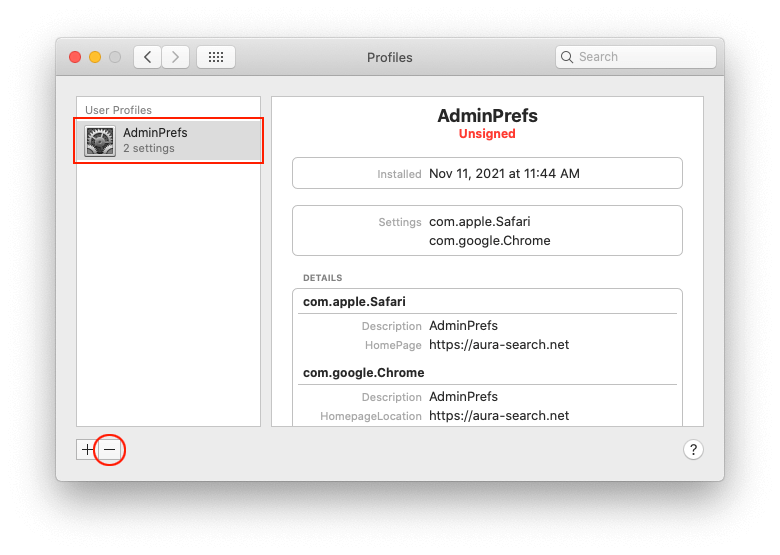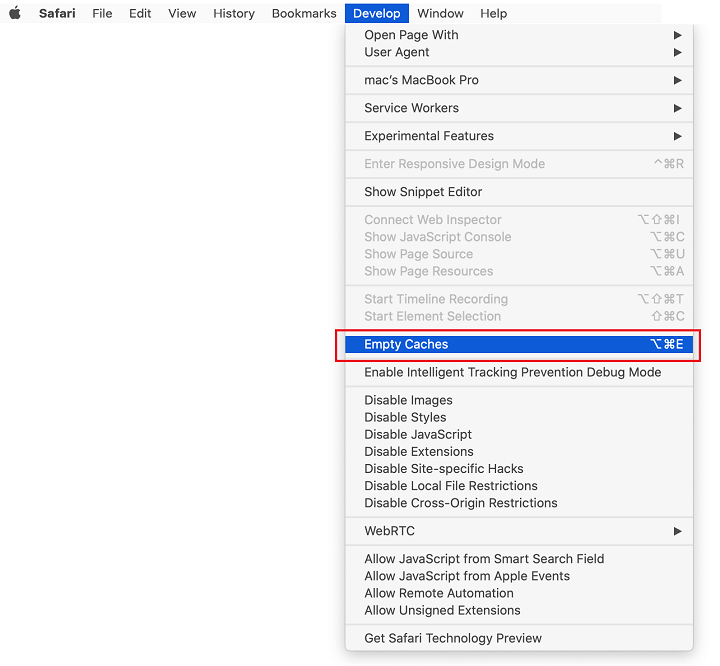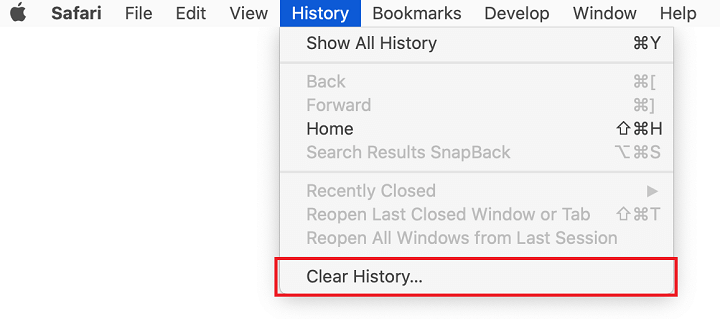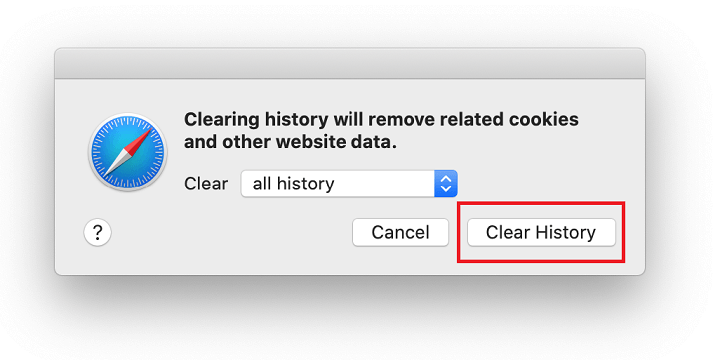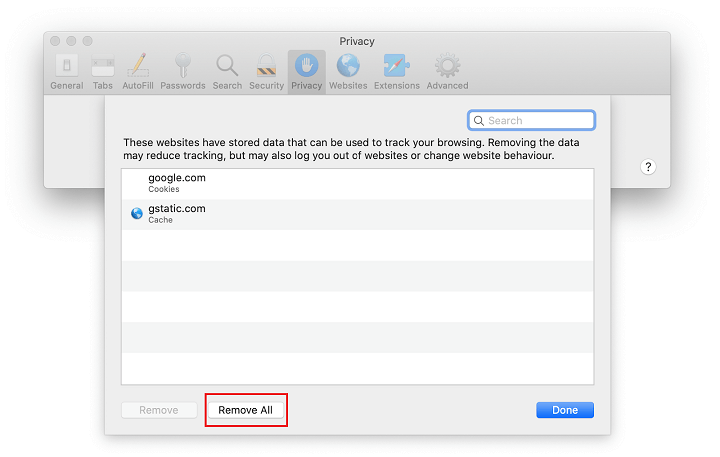Safari, Apple’s famous web browser, is one of the most exploited macOS components, with scores of adware and viruses raiding it to benefit their masters.
Why are Safari viruses increasingly common?
There is an interesting theory behind the compass pointer on Safari’s logo facing northeast. It supposedly symbolizes movement up and forward, which is a graphical metaphor denoting incessant progress and perfection. This sure sounds poetic, but the current security condition of this Apple-made Internet surfing tool is a far cry from being ideal. The main whys and wherefores of this inconsistency are as follows: Safari is the world’s third most popular browser, plus it’s preinstalled on every Mac and cannot be deleted like a regular app due to System Integrity Protection (SIP) controls. Unsurprisingly, most Mac viruses affect it in one way or another to maximize their attack surfaces.
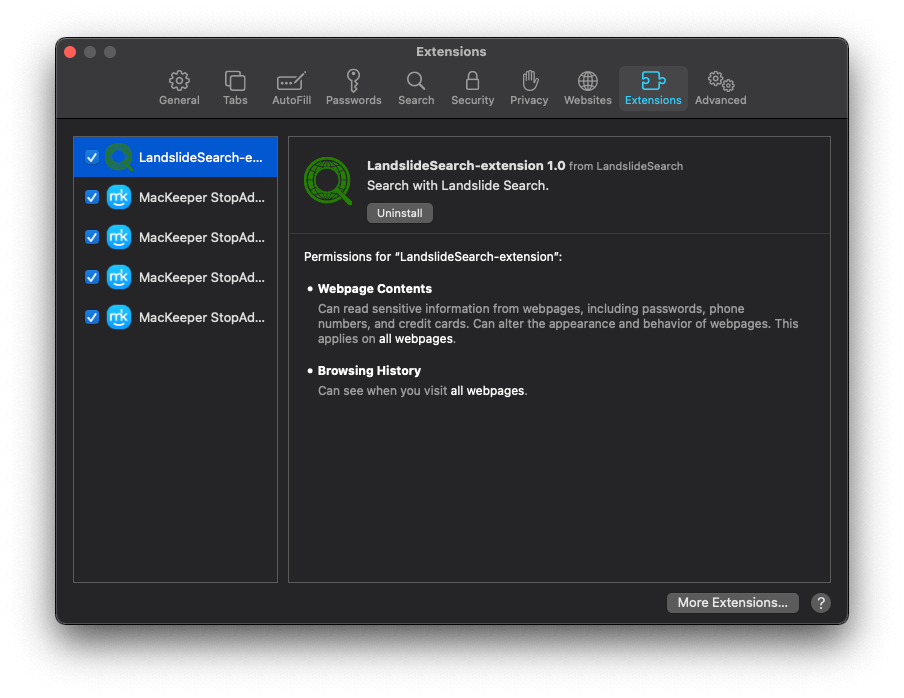
A Safari virus often manifests itself as a harmless-looking extension that crops up in the preferences interface all of a sudden. Even a cursory review of its self-assumed permissions shows an unsettling big picture: it can access browsing history and sensitive information, including passwords and credit card data. What’s more, the culprit may be allowed to change the look and feel of the visited web pages. This is okay as long as the app makers’ intentions are benign, but things can turn upside down if harmful code comes into play. Criminals in charge get a powerful data harvesting instrument hidden in plain sight. On the surface, the aftermath of such an attack is much more conspicuous.
Top threats to Safari on Mac
The good news is that the absolute majority of malicious applications targeting Safari are moderately dangerous. They do collect some pieces of personal information, but this activity largely fits the context of advertising-related user profiling rather than identity theft. The reverse side of the matter, though, is that these baddies are insanely annoying. The different spin-offs of the infamous Safari redirect virus, for instance, take over their victims’ online preferences without asking for consent. The classic scenario involves an unauthorized replacement of the default search engine, new tab page, and sometimes the homepage with a dodgy service that ultimately redirects Internet sessions to Yahoo or Bing.
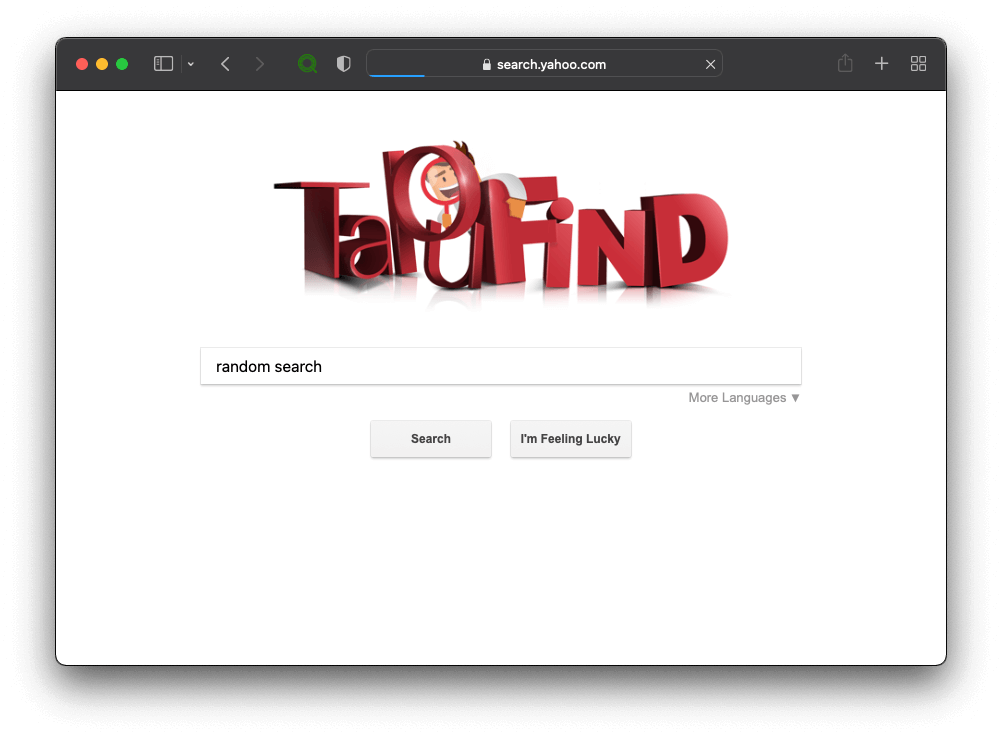
Typical ad-injecting apps build one more category of widespread Safari viruses. These are focused on displaying excessive sponsored materials on web pages the victim goes to. Aside from the nuisance effect, such adware programs pose a serious privacy risk as they generate content that’s accurately aligned with one’s interests and lifestyle. Again, permissions that are blown out of proportion are the primary source of this data amassing routine.
In addition to these two dominant strains, there are browser hijackers that repeatedly forward the web traffic to tech support scams. The Apple Platform Security pop-up and “Your Mac is infected with 3 viruses” alert are prime examples of these hoaxes. Their goal can be twofold. Some are designed to dupe users into calling a rogue technician who will try to wheedle out personal information or establish a remote connection with the Mac and imitate severe infection so that the person pays for the remediation. Some of these frauds cash in on promoting scareware as a “recommended” solution to address a phony threat.
Persistence mechanisms
In the case of a regular extension, all it takes to remove it is going to the browser’s preferences and clicking the “Uninstall” button there. This generally established principle simply doesn’t work when a Safari virus is on board. The cleaning option may be grayed out and hence not clickable. What is it that allows these culprits to pull off a trick like that? The short answer is, profiles. This is a legitimate macOS feature intended primarily for network administrators. It facilitates the enforcement of policies in corporate environments through restrictions on the use of certain applications and services. Unfortunately, malware authors have learned to parasitize this functionality for maintaining a firm grip around a contaminated system.
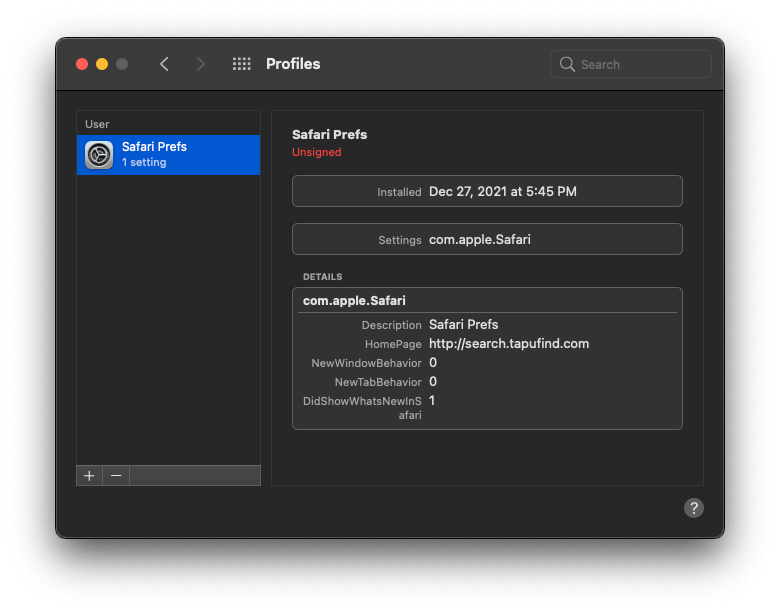
A malicious Mac profile is usually installed at an early stage of an attack. Viruses may mishandle the Terminal utility to execute appropriate commands. The resulting set of configurations gives the green light to sketchy preferences and prevents the user from reverting to correct values through manual manipulations. This explains the inactive add-on removal option and non-functioning fields for the default browsing settings. Therefore, the key to getting rid of the Safari virus and forestalling its comeback is to purge the device profile it added. The following instructions include this step and cover all the other elements of the cleaning procedure.
Safari virus manual removal for Mac
The steps listed below will walk you through the removal of this malicious application. Be sure to follow the instructions in the specified order.
- Expand the Go menu in your Mac’s Finder bar and select Utilities as shown below.

- Locate the Activity Monitor icon on the Utilities screen and double-click on it.

- In the Activity Monitor app, look for a process that appears suspicious. To narrow down your search, focus on unfamiliar resource-intensive entries on the list. Keep in mind that its name isn’t necessarily related to the way the threat is manifesting itself, so you’ll need to trust your own judgement. If you pinpoint the culprit, select it and click on the Stop icon in the upper left-hand corner of the screen.

- When a follow-up dialog pops up asking if you are sure you want to quit the troublemaking process, select the Force Quit option.

- Click on the Go menu icon in the Finder again and select Go to Folder. You can as well use the Command-Shift-G keyboard shortcut.

- Type /Library/LaunchAgents in the folder search dialog and click on the Go button.

- Examine the contents of the LaunchAgents folder for dubious-looking items. Be advised that the names of files spawned by malware may give no clear clues that they are malicious, so you should look for recently added entities that appear to deviate from the norm.
As an illustration, here are several examples of LaunchAgents related to mainstream Mac infections: com.updater.mcy.plist, com.avickUpd.plist, and com.msp.agent.plist. If you spot files that don’t belong on the list, go ahead and drag them to the Trash.

- Use the Go to Folder lookup feature again to navigate to the folder named ~/Library/Application Support (note the tilde symbol prepended to the path).

- When the Application Support directory is opened, identify recently generated suspicious folders in it and send them to the Trash. A quick tip is to look for items whose names have nothing to do with Apple products or apps you knowingly installed. A few examples of known-malicious folder names are com.AuraSearchDaemon, ProgressSite, and IdeaShared.

- Enter ~/Library/LaunchAgents string (don’t forget to include the tilde character) in the Go to Folder search area.

- The system will display LaunchAgents residing in the current user’s Home directory. Look for dodgy items related to Safari virus (see logic highlighted in subsections above) and drag the suspects to the Trash.

- Type /Library/LaunchDaemons in the Go to Folder search field.

- In the LaunchDaemons path, try to pinpoint the files the malware is using for persistence. Several examples of such items cropped by Mac infections are com.pplauncher.plist, com.startup.plist, and com.ExpertModuleSearchDaemon.plist. Delete the sketchy files immediately.

- Click on the Go menu icon in your Mac’s Finder and select Applications on the list.

- Find the app that clearly doesn’t belong there and move it to the Trash. If this action requires your admin password for confirmation, go ahead and enter it.

- Expand the Apple menu and select System Preferences.


- Proceed to Users & Groups and click on the Login Items tab.
The system will display the list of items launched when the computer is starting up. Locate the potentially unwanted app there and click on the “-” (minus) button.

- Now select Profiles under System Preferences. Look for a malicious item in the left-hand sidebar. Several examples of configuration profiles created by Mac adware include TechSignalSearch, MainSearchPlatform, AdminPrefs, and Safari Preferences. Select the offending entity and click on the minus sign at the bottom to eliminate it.

If your Mac has been infiltrated by adware, the infection will most likely continue to hold sway over your default web browser even after you remove the underlying application along with its components sprinkled around the system. Use the browser cleanup instructions below to address the remaining consequences of this attack.
Get rid of viruses in Safari
To begin with, the Internet settings taken over by the Safari virus should be restored to their default values. Although this will clear most of your customizations, web surfing history, and all temporary data stored by websites, the malicious interference should be terminated likewise. The overview of the steps for completing this procedure is as follows:
- Open the browser and go to Safari menu. Select Preferences in the drop-down list.

- Once the Preferences screen appears, click on the Advanced tab and enable the option saying “Show Develop menu in menu bar”.

- Now that the Develop entry has been added to the Safari menu, expand it and click on Empty Caches.

- Now select History in the Safari menu and click on Clear History in the drop-down list.

- Safari will display a dialog asking you to specify the period of time this action will apply to. Select all history to ensure a maximum effect. Click on the Clear History button to confirm and exit.

- Go back to the Safari Preferences and hit the Privacy tab at the top. Find the option that says Manage Website Data and click on it.

- The browser will display a follow-up screen listing the websites that have stored data about your Internet activities. This dialog additionally includes a brief description of what the removal does: you may be logged out of some services and encounter other changes of website behavior after the procedure. If you’re okay with that, go ahead and click on the Remove All button.

- Restart Safari
Get rid of Safari virus using Combo Cleaner removal tool
The Mac maintenance and security app called Combo Cleaner is a one-stop tool to detect and remove Safari virus. This technique has substantial benefits over manual cleanup, because the utility gets hourly virus definition updates and can accurately spot even the newest Mac infections.
Furthermore, the automatic solution will find the core files of the malware deep down the system structure, which might otherwise be a challenge to locate. Here’s a walkthrough to sort out the Safari issue using Combo Cleaner:
- Download Combo Cleaner installer. When done, double-click the combocleaner.dmg file and follow the prompts to install the tool onto your Mac.
By downloading any applications recommended on this website you agree to our Terms and Conditions and Privacy Policy. The free scanner checks whether your Mac is infected. To get rid of malware, you need to purchase the Premium version of Combo Cleaner.
- Open the app from your Launchpad and let it run an update of the malware signature database to make sure it can identify the latest threats.
- Click the Start Combo Scan button to check your Mac for malicious activity as well as performance issues.

- Examine the scan results. If the report says “No Threats”, then you are on the right track with the manual cleaning and can safely proceed to tidy up the web browser that may continue to act up due to the after-effects of the malware attack (see instructions above).

- In case Combo Cleaner has detected malicious code, click the Remove Selected Items button and have the utility remove Safari threat along with any other viruses, PUPs (potentially unwanted programs), or junk files that don’t belong on your Mac.

- Once you have made doubly sure that the malicious app is uninstalled, the browser-level troubleshooting might still be on your to-do list. If your preferred browser is affected, resort to the previous section of this tutorial to revert to hassle-free web surfing.
